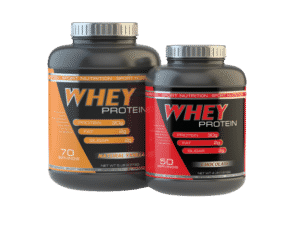Home » Primary Packaging: The First Line of Defense for Products
Primary Packaging: The First Line of Defense for Products
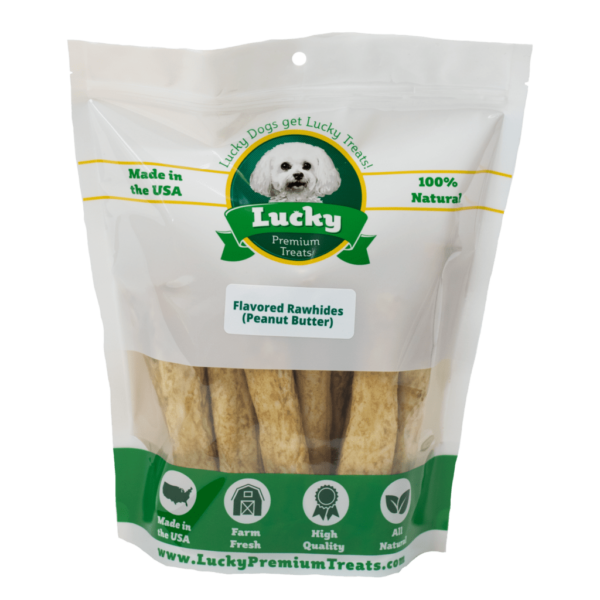
In the world of product manufacturing and retail, packaging plays a crucial role in protecting products, attracting consumers, and conveying brand messages. Among the various types of packaging, primary packaging holds a special place as it is the first and most direct form of packaging around a product. This blog post aims to explore the concept of primary packaging, its importance, and its various forms.
What is Primary Packaging?
Primary packaging is the material that first envelops the product and holds it. This type of packaging is in direct contact with the product itself and is often the last to be opened by the consumer before using the product. It serves several critical functions, from protecting the product to providing consumer information and aiding in marketing efforts.
The Role of Primary Packaging
- Protection: The most fundamental role of primary packaging is to protect the product from damage, contamination, and tampering. It ensures the product remains intact and safe for use from the production line until it reaches the consumer.
- Preservation: For many products, especially food items and pharmaceuticals, primary packaging plays a crucial role in preserving the quality and extending the shelf life of the product by providing barriers to moisture, light, and air.
- Information and Compliance: Primary packaging is a key medium for conveying necessary product information, instructions for use, ingredients or contents, and compliance with regulatory requirements.
- Branding and Marketing: Often the first thing a consumer interacts with, primary packaging is an important branding tool. Its design, colors, and materials can significantly influence purchasing decisions and brand perception.
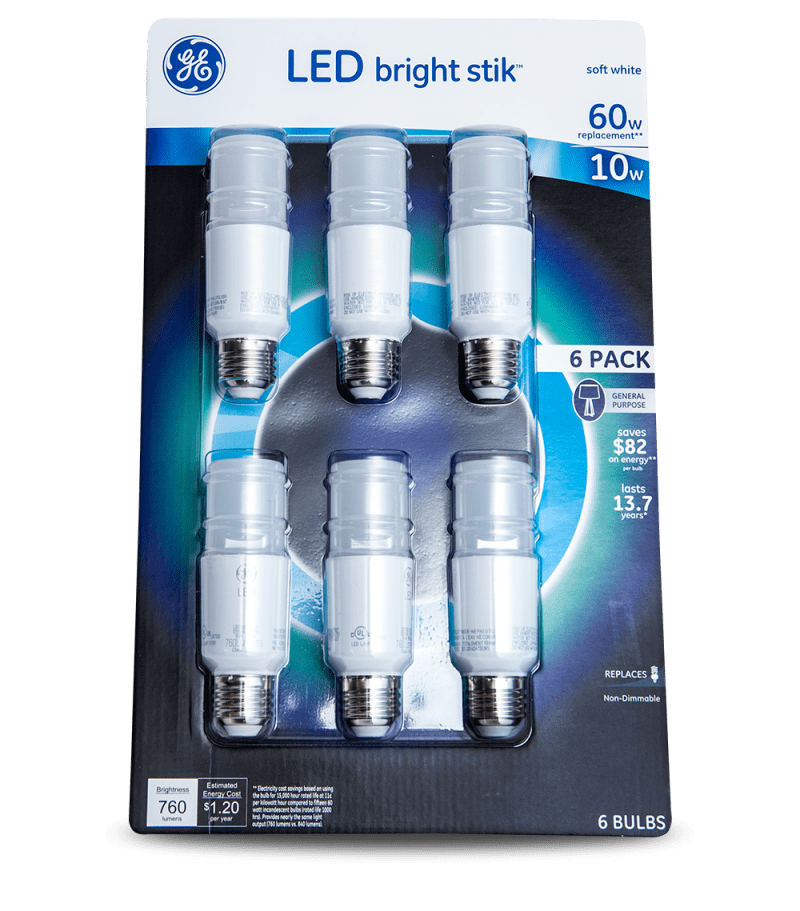
Types of Primary Packaging
Primary packaging can vary greatly depending on the product. Common types include:
- Bottles and Jars: Used for liquids and creams in the beverage, beauty, and pharmaceutical industries.
- Boxes and Cartons: Often used for electronics, cosmetics, and house hold items.
- Flexible Packaging: Such as pouches or bags, commonly used for snacks, grains, and frozen foods.
- Blister Packs: ideal for medical devices and electronics.
- Tubes: For semi-solid products like toothpaste or certain food items.
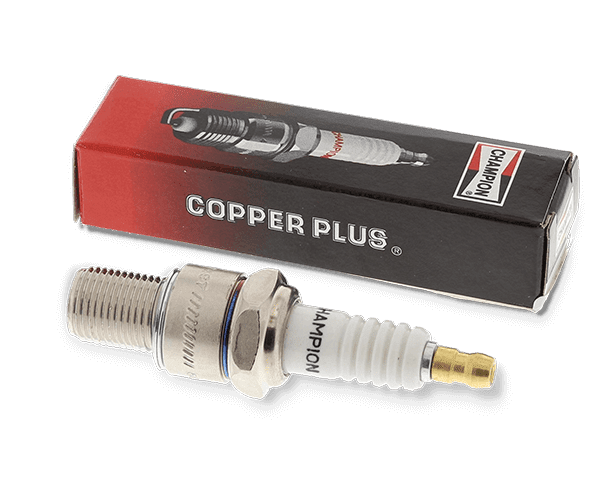
Materials Used in Primary Packaging
The choice of material for primary packaging is determined by the product’s needs and includes:
- Plastics: Versatile and widely used, suitable for a range of products.
- Glass: Preferred for its non-reactive nature, especially for food and pharmaceuticals.
- Metal: Often used for its durability and protective qualities.
- Paper and Cardboard: Commonly used for their recyclability and lightweight properties.
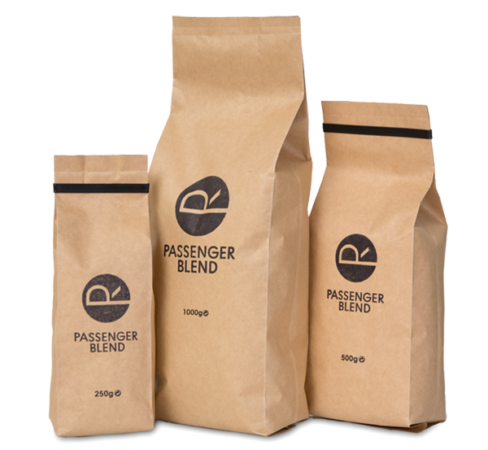
Design Considerations in Primary Packaging
Designing primary packaging requires a balance between functionality and aesthetics. It should be user-friendly, secure, and aligned with the brand’s identity. Additionally, sustainable design practices are increasingly important to reduce environmental impact.
Innovation and Trends in Primary Packaging
The primary packaging sector is seeing innovations like smart packaging, which includes the use of QR codes and RFID technology, and sustainable alternatives like biodegradable materials and minimalist designs.
If you are interested in primary packaging, then partner with Brown Packaging today to get started.
With new tariff proposals and continued trade uncertainty, 2026 is shaping up to be another pivotal year for packaging sourcing strategy. Many companies that shifted
Following multiple rounds of tariff changes and trade policy adjustments, 2026 marks a turning point for U.S. packaging buyers. Many who previously transitioned from China
Shifting packaging production from China to the U.S. can help stabilize costs, reduce tariff exposure, and shorten lead times. But the transition process requires careful
RSC boxes are known for their efficiency and versatility, but their performance ultimately comes down to strength. Buyers often see numbers like ECT, BCT, and
In packaging, foam isn’t just about initial protection — it’s about maintaining performance over the entire shipping or storage cycle. Compression set and recovery characteristics
Pouches are a go-to for flexibility and convenience, but they can fail in critical ways—from poor seals to punctures and delamination—that hurt performance and brand
Home » Primary Packaging: The First Line of Defense for Products
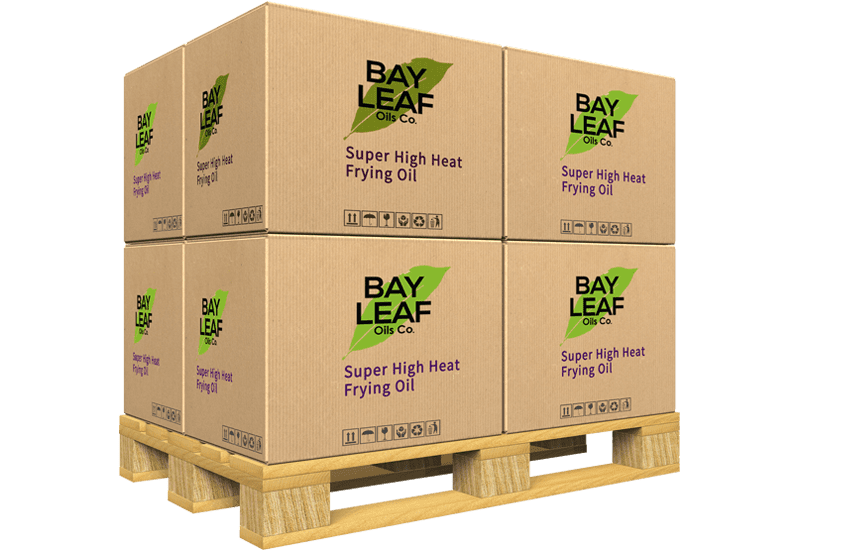
The weight a corrugated box can hold depends on factors such as box construction, material grade, flute size, and box dimensions. Corrugated boxes are designed
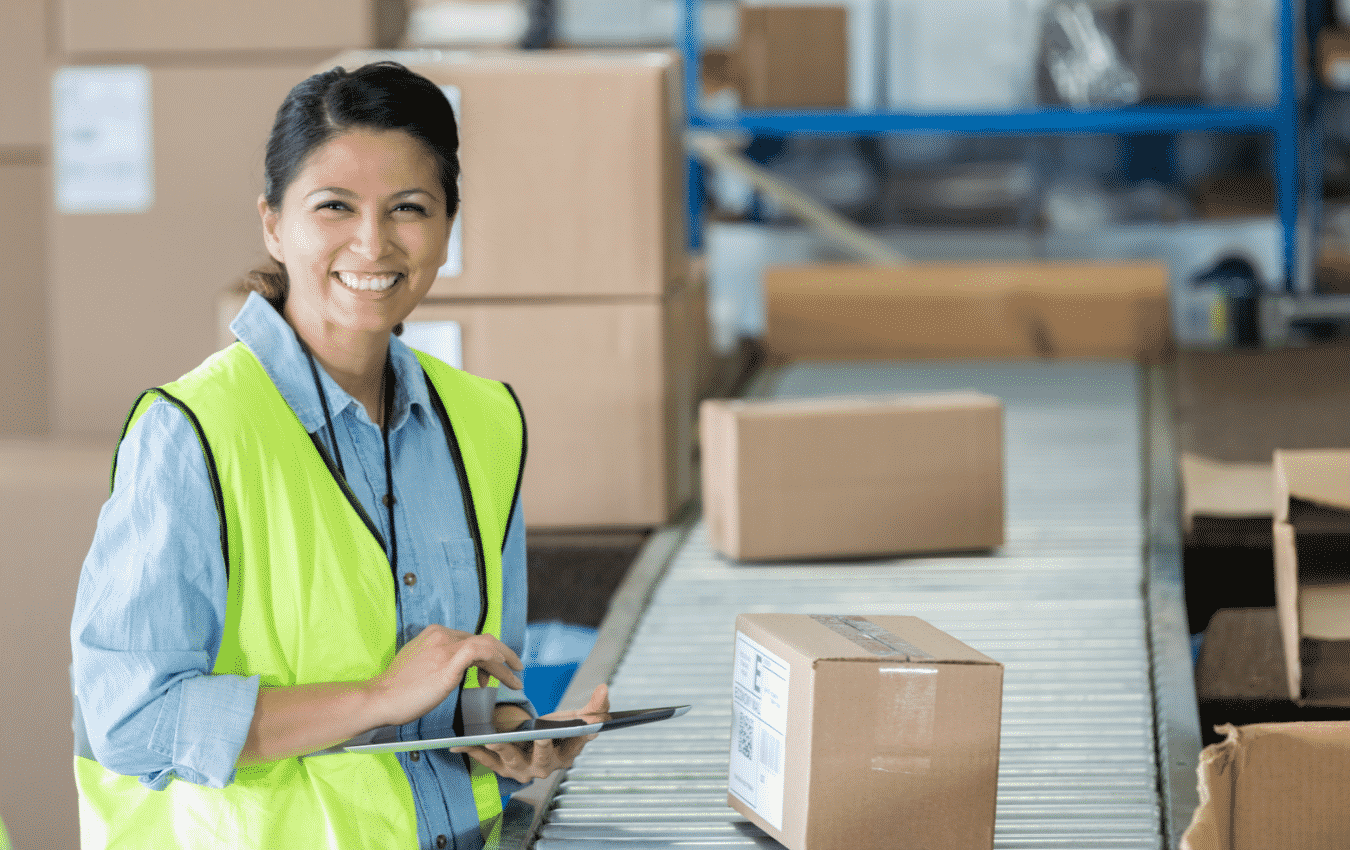
In 2025, more U.S. companies are ditching overseas packaging suppliers in favor of domestic manufacturers due to a mix of economic, logistical, and quality-driven factors.
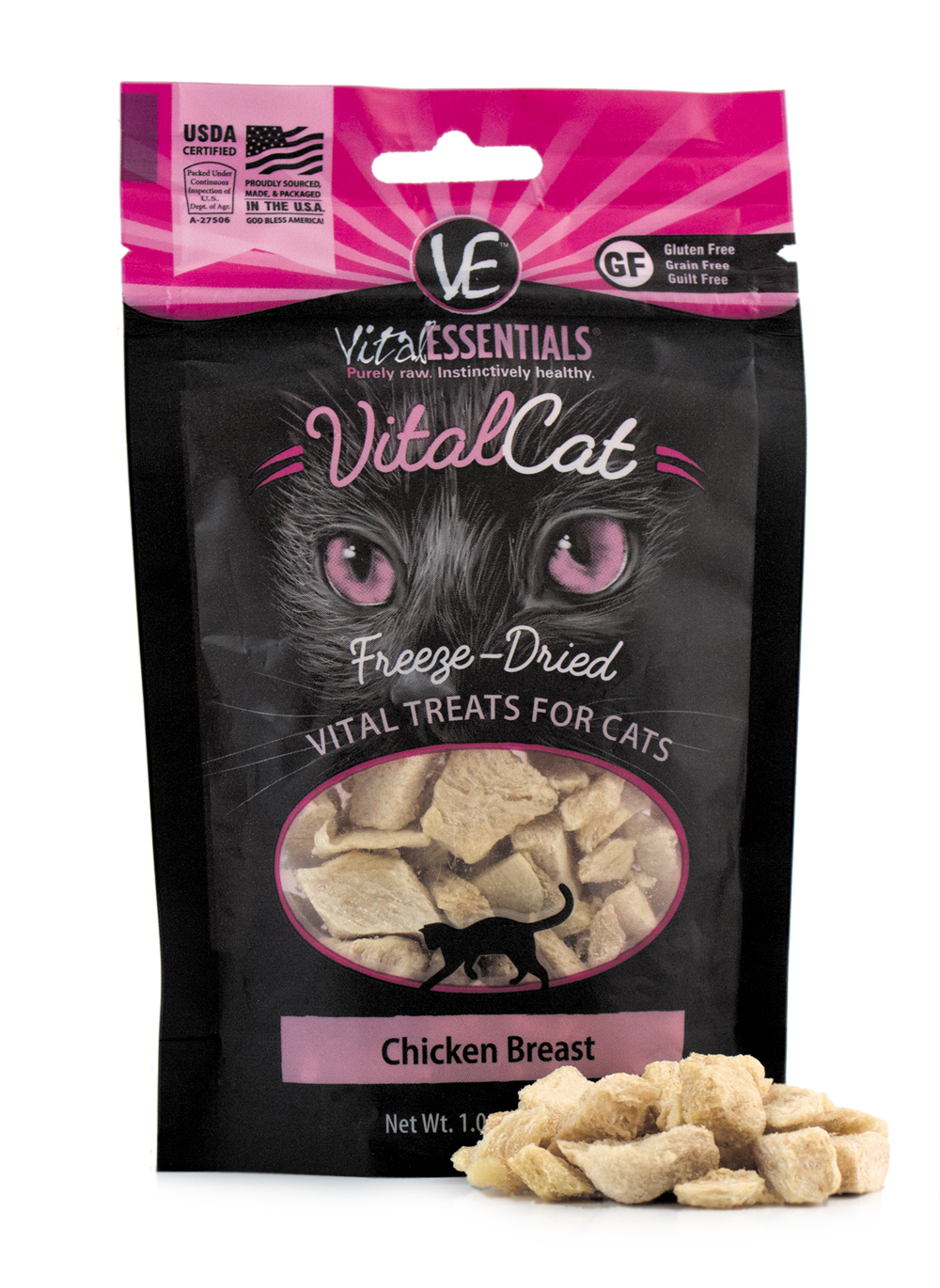
Pouches are a go-to for flexibility and convenience, but they can fail in critical ways—from poor seals to punctures and delamination—that hurt performance and brand


